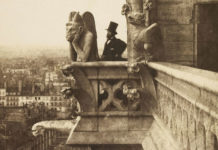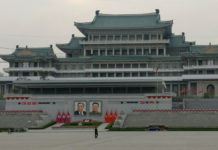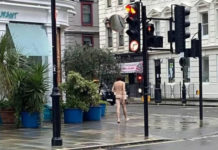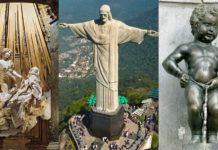After Christian fighters captured Jerusalem during the First Crusade, groups of pilgrims from across Western Europe began visiting the
Holy Land. During this journey, many were killed in this Muslim-controlled territory.
Around 1118, a French knight named Hugues de Payens founded a military order along with eight relatives and acquaintances, calling it the Poor Knights of the Temple of King Solomon (later known as the Knights Templar). With the support of Baldwin II, the king of Jerusalem, they set up headquarters on the sacred Temple Mount and pledged to protect Christian visitors to the city.
In 1129 the knights received the formal endorsement of the Catholic Church and support from Bernard of Clairvaux, a prominent abbot. New recruits and lavish donations began pouring in from across Europe and knights adopted an austere code of conduct and their signature style of dress: white habits emblazoned with a red cross.
They developed a reputation as fierce warriors during key battles of the Crusades and set up a network of banks that enabled religious pilgrims to deposit assets in their home countries and withdraw funds in the Holy Land. Along with their donated fortune and various business ventures, this system gave the Knights Templar enormous financial sway. At the height of their influence, they boasted a sizeable fleet of ships, owned the island of Cyprus and served as a primary lender to European monarchs and nobles.
In the late 12th century, Muslim soldiers retook Jerusalem and turned the tide of the Crusades, forcing the Knights Templar to relocate several times. By 1303, the knights had lost their foothold in the Muslim world and established a base of operations in Paris. On October 13, 1307, scores of French Templars were arrested along with the order’s grand master, Jacques de Molay. Charged with a host of offenses ranging from heresy, devil worship and spitting on the cross to homosexuality, fraud and financial corruption, the men were brutally tortured; many confessed under duress. King Philip then convinced Pope Clement V, who had raised concerns about the knights’ secret initiation rites and practices in the past, to launch his own inquiry. In 1310, dozens of Templars were burned at the stake in Paris for recanting their earlier confessions during their trials; Under pressure from Philip, Pope Clement reluctantly dissolved the Knights Templar in 1312.
While most historians believe the order went underground and remains in existence to this day. In the 18th century, certain organizations, most notably the Freemasons, revived some of the medieval knights’ symbols and traditions. More recently, stories about the legendary Templars—that they dug up the Holy Grail while occupying the Temple Mount, for instance, or harbored a secret capable of destroying the Catholic Church have cropped up.
Source: History.com
By: Archa Dave



























